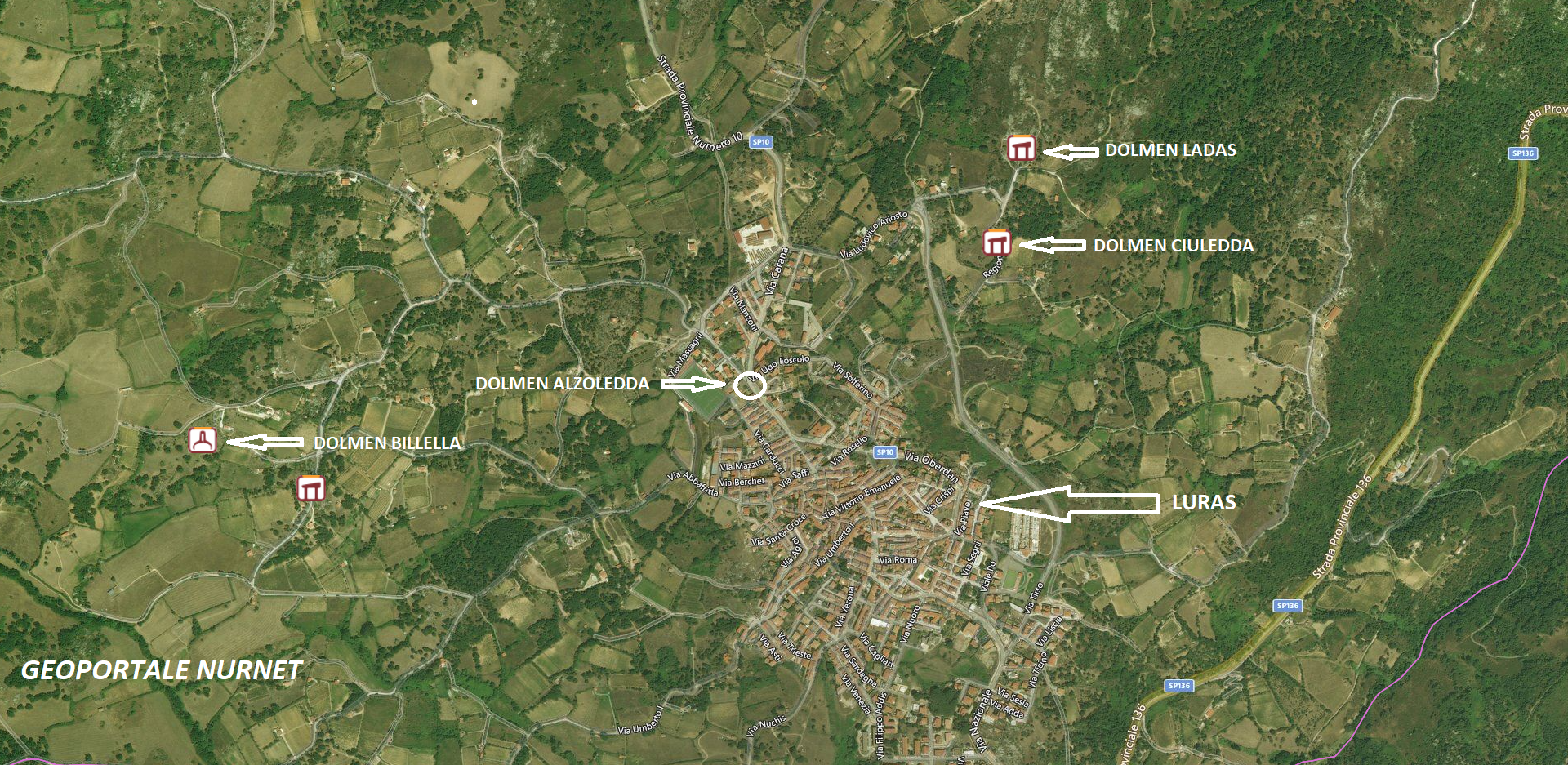I hope I am allowed, from time to time, to stray from the age of the nuraghi to digress among ancient popular traditions.
“According to the most accredited hypothesis, ‘sas accabbadòras’ were women who intervened in the final moments of human life, inducing the dying to experience a ‘bòna morte’.
In this specific case, this form of ‘euthanasia ante litteram’ was reserved for those individuals suffering from a long agony, who found themselves unable to embark on a serene or at least rapid transition. However, the adjective ‘bòna’ should not be attributed the meaning of ‘free from malice’, that is, calm, pleasant, favorable, just, beautiful, agreeable, or socially elevated, but rather that of ‘useful’, necessary to alleviate the suffering of the dying and, on the other hand, the pain as well as the heavy burden on the relatives towards the dying person.
Thus, ‘bòna morte’ is understood not only as a compassionate act towards the dying, but also as an act selfishly necessary for the survival of the survivors.”
These considerations are contained in the cover flap of the book by Alessandro Bucarelli and Carlo Lubrano “Eutanasia ‘ante litteram’ in Sardegna” (Scuola Sarda Editrice – 2007)*.
In another passage of the book, it is stated that “According to various authors, the ‘accabadùra’ was practiced until the end of the 18th century, that is, until a different awareness prevailed, also due to pressures exerted at various social levels.
In cultural experience, things matured much more slowly. According to what has been reported by indirect witnesses, among the last recorded episodes of ‘accabadùra’ in Sardegna, one occurred in Luras in 1929, and another in Barbagia, presumably in Orgosolo, even in 1952.
The episode in Luras is very significant because, in addition to shedding light on one of the other ‘duties of charity and solidarity’ mentioned previously, it confirms some of our hypotheses: the last ‘fèmina agabbadòri’ (as she was called in Gallura), who ‘helped’ an elderly man of 70 to die, was the town’s midwife. This detail is rich in metaphor: the woman who helped bring life into the world was also the one who ended a life that had become unbearable.
The carabinieri and the Prosecutor of the Kingdom of Tempio Pausania agreed in relating the act to a humanitarian context; the woman was not convicted and the case was archived.”
As many will know, the Municipality of Luras hosts the interesting “Museo etnografico Galluras”, otherwise known as “the museum of the Femina Agabbadora”, where “su mazzolu”, the wooden olive hammer used to bring death to the suffering, and other objects functional to the “magical ritual” of passing are preserved.
Among these is ‘su jualeddu’, a small yoke of great sacred content that was placed under the pillow of the dying person to help them “return to life”, considering that their existence was essentially centered on fieldwork.
“Su jualeddu”, in particular, evokes that concept of life regeneration that has characterized the religious spirit of our ancient populations.
Material testimonies of this are the domus de janas, hypogean Neolithic tombs representing the maternal womb, a metaphor for rebirth, but also the dolmens, megalithic burials typical of northern Sardegna and particularly of Gallura.
The archaeologist Angela Antona writes in this regard (“I Tesori dell’Archeologia”): “It may be due to the strong megalithic component of the Gallura cultural substrate that these artificial little caves (the domus de janas), emblematic of the subsequent ‘Late Neolithic Culture of Ozieri (3200-2800 BC), remain almost foreign to Gallura.
Instead, characterizing the funerary aspect of this culture is the dolmen, present in about fifty specimens out of the 215 distributed almost exclusively in central-northern Sardegna.
Of these, four are located in the territory of Luras.
These are the granite dolmens of Alzoledda, Billella, Ciuledda, and Ladas… for those in Luras, the agricultural significance of the sites where they are located should also be highlighted.
In addition to the funerary aspect, it is very likely that these monuments also had a ‘political’ function, as a sign of demarcation of the territory pertaining to the individual resident communities, among which they were independent…” g.v.
*Alessandro Bucarelli (1944-2005) held the chair of Criminal Anthropology and Criminology at the University of Cagliari for a long time and in recent years directed the Institute of Legal Medicine at the University of Sassari. Carlo Lubrano is a specialist in Legal Medicine and Insurance, as well as an author of scientific publications, congress communications, and literary works.
Attached: The bedroom reproduced in the ethnographic museum Galluras of Luras and “su mazzolu” kept in the same museum; the dolmens of Ladas and Alzoledda in the photos by Andrea Mura- Nuragando Sardegna; the dolmen Billella (ph. Francesca Cossu); dolmen Ciuledda (ph. Romano Stangherlin).







